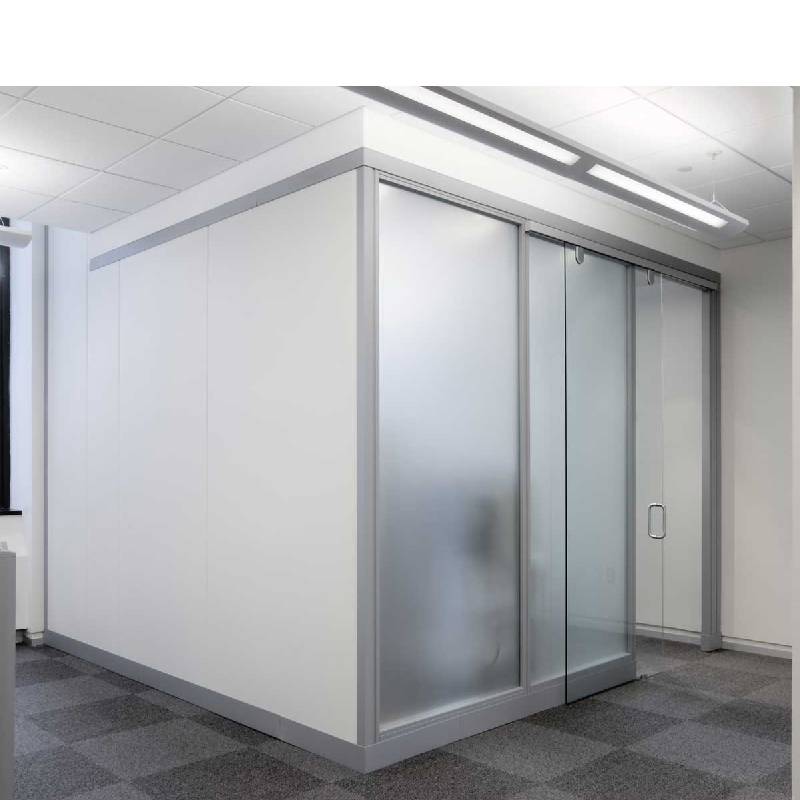

The Significance of Silver Front Surface Mirrors in Optical Applications
Silver front surface mirrors play a crucial role in a variety of optical applications, owing to their exceptional reflective properties and versatility. Unlike traditional mirrors, which use a reflective coating applied to the back of a glass substrate, silver front surface mirrors feature a reflective layer that is applied directly to the front side of the glass. This construction offers several advantages, making them invaluable in fields ranging from scientific research to industrial applications.
One of the primary benefits of silver front surface mirrors is their superior reflectivity. Silver, known for having one of the highest reflectance rates of any material across the visible spectrum, provides a reflectivity of over 95%. This enables efficient light utilization, which is essential in systems such as lasers, telescopes, and optical instruments where maximizing light reflection is vital for optimal performance. The high reflectance ensures that minimal light is lost, resulting in clearer images and more accurate measurements.
Another significant advantage of front surface mirrors is their ability to eliminate the interference and distortion caused by the glass substrate that is common in back-coated mirrors. With traditional mirrors, the light reflects off the back of the glass, and as it passes through the glass again, it undergoes refraction. This can distort the reflected image, leading to inaccuracies in applications requiring precise optical fidelity. Front surface mirrors mitigate this issue by reflection occurring directly off the silver layer without any intervening material, ensuring maximum clarity and precision.

Durability and resistance to environmental factors are additional reasons why silver front surface mirrors are preferred in many applications
. The silver coating is typically protected by a durable layer, safeguarding it from scratching, tarnishing, and oxidation, which might otherwise degrade performance over time. This resilience makes them ideal for use in harsh environments, such as laboratories, outdoor settings, and industrial facilities where wear and tear are commonplace.In terms of applications, silver front surface mirrors are essential in a myriad of fields. In the scientific realm, they are integral to optical systems used in microscopy, spectroscopy, and photonics. The demand for highly accurate and efficient optical systems drives the need for high-quality mirrors that can deliver precise results. Similarly, in the entertainment industry, these mirrors are widely used in projectors and lighting systems to enhance the quality of visual displays.
Moreover, silver front surface mirrors are also prominent in the field of astronomy. Telescopes equipped with these mirrors can achieve high-resolution images of celestial bodies, significantly enhancing our understanding of the universe. Their ability to reflect a broad range of wavelengths, including ultraviolet and infrared light, makes them indispensable in astronomy and astrophysics.
In conclusion, silver front surface mirrors are a pivotal component in the advancement of various optical technologies. Their superior reflectivity, ability to eliminate image distortion, and inherent durability make them a preferred choice for scientists, engineers, and manufacturers alike. As technology continues to evolve, the importance of these mirrors will likely increase, paving the way for further innovations in optical design and applications. Whether in scientific research or in everyday technologies, silver front surface mirrors remain an invaluable asset in our quest for clarity and precision in the world of optics.